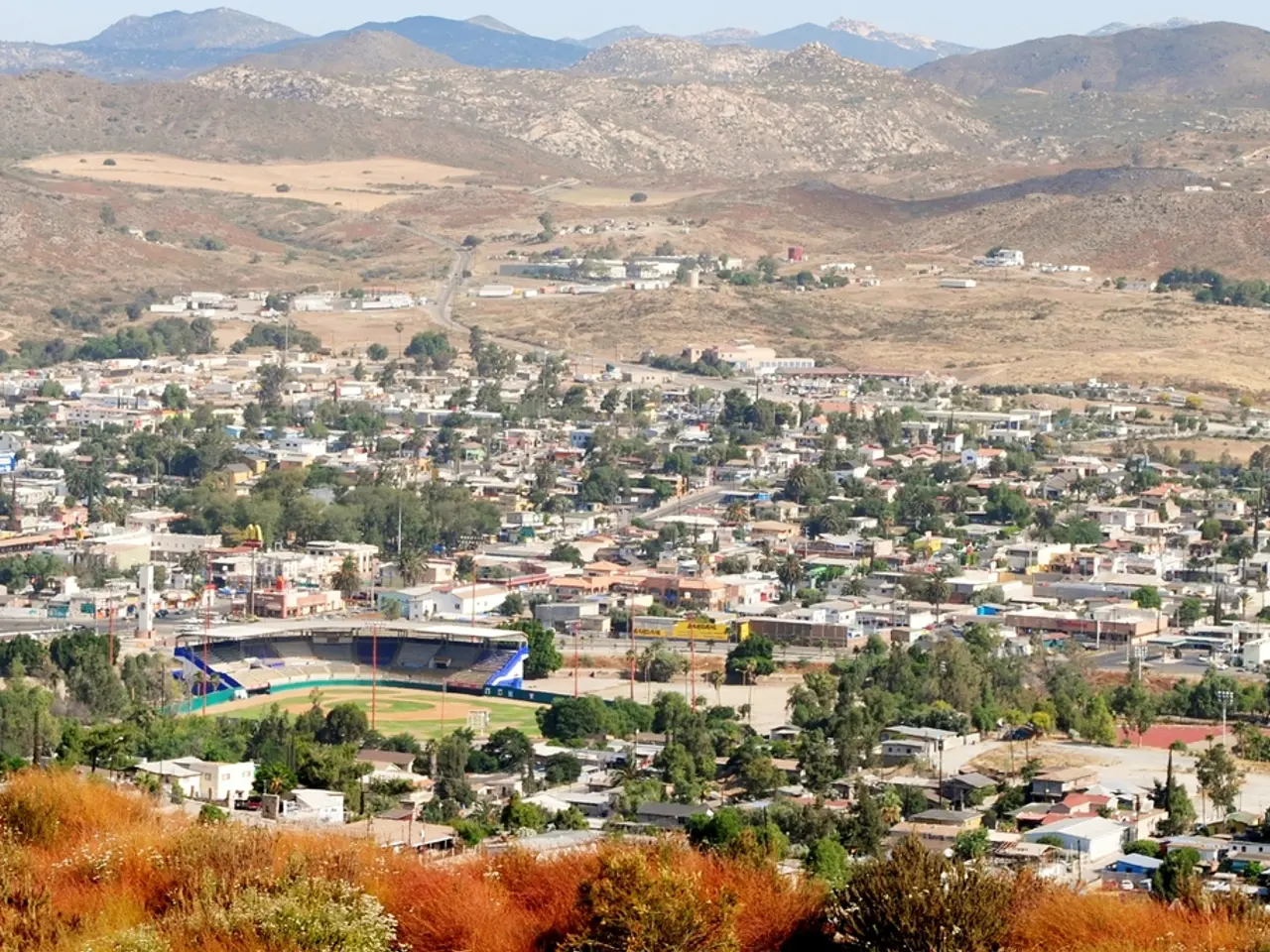Financial Inequality Persists: Twelve Factors Contributing to Poverty's Continuation Amongst the Impoverished Whilst the Wealthy Accumulate More Riches
In the United States, financial struggles and wealth disparity continue to be significant issues. Here's a snapshot of some key findings:
- Payday loans, a popular financial solution for millions of Americans, come at a high cost. Twelve million people use payday loans annually, spending an average of $520 in fees to borrow just $375.
- Wealth concentration in the stock market is at an all-time high. The top 10% of households now hold approximately 93% of all household stock market wealth.
- The wealth of the top 1% of Americans has been steadily increasing. In 2024, they held 32% of the nation's wealth, up from 30.9% in 2020.
- Living paycheck to paycheck is a precarious financial situation for many. Approximately 37% of Americans would struggle to cover a $400 emergency expense without borrowing.
- High-interest debt, such as credit card balances, can quickly spiral out of control. A $10,000 credit card balance at 18% APR can balloon to $190,049.30 in 20 years if no payments are made.
- Low-income households face a disproportionate burden from basic expenses. Nearly all households with incomes below $15,000 experience a housing cost burden, paying more than 30% of their income toward housing. The median housing cost burden is even higher for the lowest income quintile, with half of these renter households spending more than 62.7% of their income on rent in 2021.
- Financial literacy is a significant barrier to wealth building. Concepts like budgeting, investing, and compound interest are often not taught in schools, making it difficult for many to navigate their financial lives.
- The rising cost of education creates a significant barrier to economic mobility. Student loan debt can delay wealth-building activities like homeownership or retirement savings.
- The wealth of America's billionaires has grown significantly over the past four years, reaching $5.529 trillion in 2024, an 88% increase from 2020.
- Income stagnation in a rising economy makes it increasingly difficult to get ahead. As necessities consume a more significant portion of income, little room is left for saving or investing.
- The bottom 50% of Americans held only 2.5% of total wealth in 2024, with an average of $51,000 each.
- Without emergency savings, unexpected expenses often lead to debt accumulation.
- The author of the book "12 Reasons Why People Stay Broke While the Rich Get Richer" is an American.
- Over a 40-year career, the difference in earnings between a bachelor's degree holder and a high school graduate would amount to approximately $920,000. Individuals with a bachelor's degree earn a median annual income of $59,600, which is 63% higher than the $36,600 median for high school graduates.
- High-interest debt creates a particularly vicious cycle for those struggling financially. It not only burdens their current financial situation but also hinders their ability to build wealth for the future.
- The top 10% of households by wealth held 67% of total household wealth in 2024. This concentration of wealth continues to be a pressing issue in the American economy.
Read also:
- chaos unveiled on Clowning Street: week 63's antics from 'Two-Tier Keir' and his chaotic Labour Circus
- Skechers Debuts First American Stores Focused on Athletic Footwear Performance
- Racing ahead in Renewable Energy Dominance: Changzhou, Jiangsu Pushes for Worldwide Renewable Energy Ascendancy
- Funds Amounting to Over Two Hundred Million Rupees Collected on Impact Guru to Aid Punjab's Flood Victims in Reconstructing Their Homes




